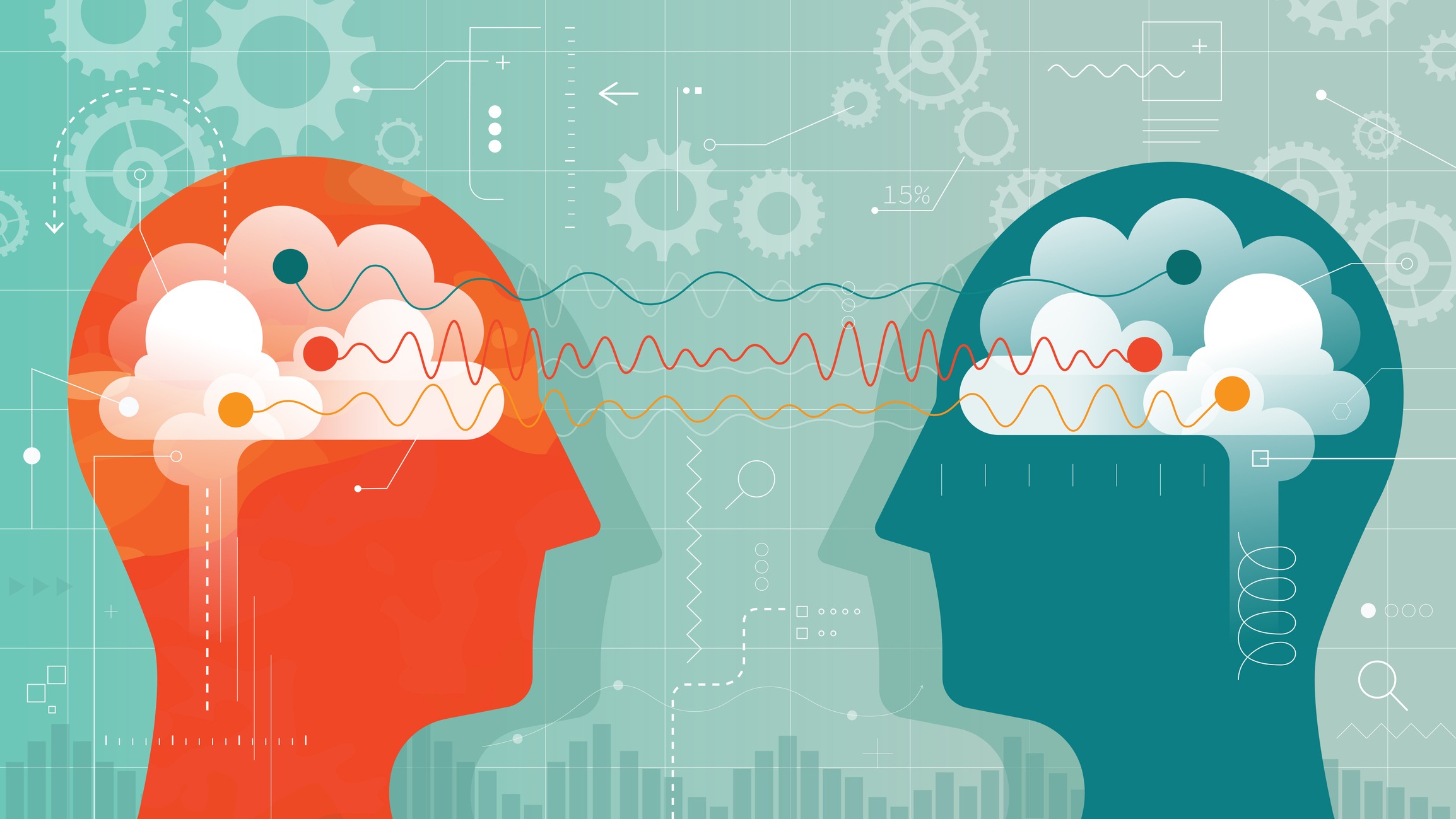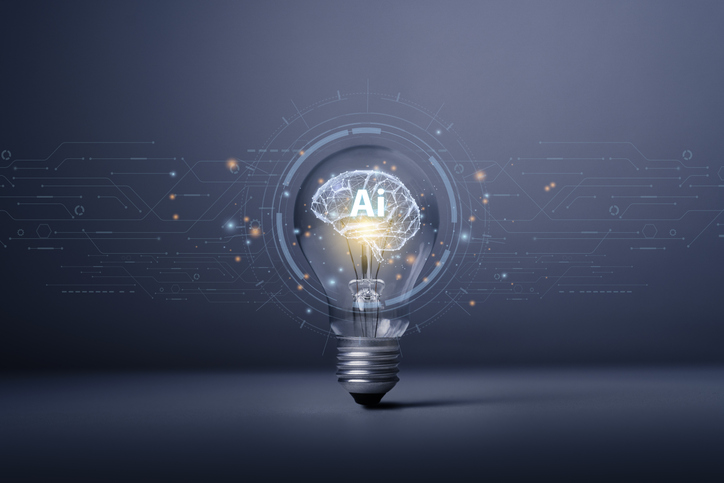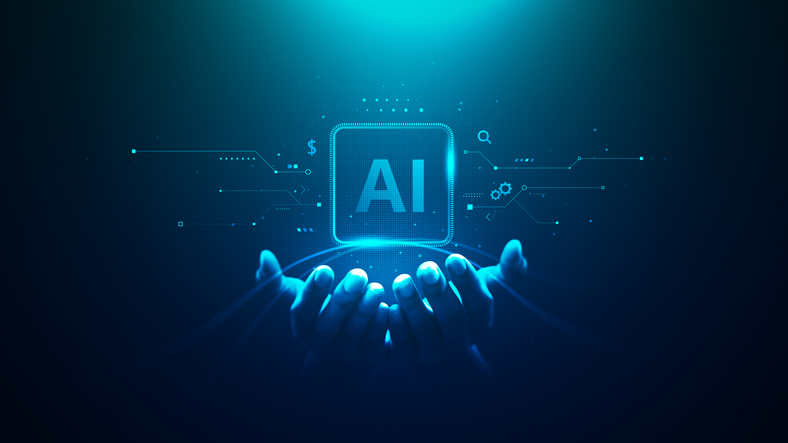
Researchers from Penn Medicine are utilizing artificial intelligence (AI) to better identify the size and shape of children’s brain networks, which could improve the understanding of psychiatric disorders. In the team’s study, published recently in the journal Neuron, the researchers showed how each child’s unique brain network can be used to predict their cognition. This work showed that functional brain anatomy expresses strong variance in children and that it is refined during development stages. These findings came from the machine learning analysis of functional magnetic resonance imaging (fMRI) scans from roughly 700 patients ranging from children to young adults.
In the past, structural elements of the brain have been linked to function under the assumption that the functions of the brain are located on the same structural regions for everyone. This works for simple neurological functions like motor control of movements, but recent research has shown that this approach does not apply as well to complex brain systems for functions like attention and self-control. For these higher-level functions, it appears that each adult has their own unique brain network layout. This most recent research from Penn Medicine has used AI to shed light on how these layouts can vary in children.
“The exciting part of this work is that we are now able to identify the spatial layout of these functional networks in individual kids, rather than looking at everyone using the same ‘one size fits all’ approach,” explained senior author Theodore D. Satterthwaite, MD, an assistant professor of Psychiatry in the Perelman School of Medicine at the University of Pennsylvania. “Like adults, we found that functional neuroanatomy varies quite a lot among different kids–each child has a unique pattern. Also like adults, the networks that vary the most between kids are the same executive networks responsible for regulating the sorts of behaviors that can often land adolescents in hot water, like risk taking and impulsivity.”
The 693 participants analyzed in this work were aged between 8 and 23 years, each completing 27 minutes of fMRI scanning. This imaging was done as a part of the Philadelphia Neurodevelopmental Cohort (PNC) study, funded by the National Institute of Mental Health. The machine learning techniques used in this work were created by the laboratory of Yong Fan, PhD, and allowed the researchers to map out 17 functional networks in individual patients. Fan also serves as an assistant professor of Radiology at Penn and was a co-author on this paper.
Next, the team analyzed how these brain networks changed throughout adolescence and how they related to the participant’s performance on several cognitive tests. It was found that the structure of these specific brain networks was refined as the participant aged. These results provide new insight regarding developmental plasticity and the variance that exists in neurological networks. The authors feel that these findings could aid in the progression of personalized approaches to treatments and diagnostic techniques.
“The spatial layout of these networks predicted how good kids were at executive tasks,” noted first author Zaixu Cui, PhD, a post-doctoral fellow in Satterthwaite’s lab. “Kids who have more ‘real estate’ on their cortex devoted to networks responsible for executive function in fact performed better on these complex tasks.” In contrast, youth with lower executive function had less of their cortex devoted to these executive networks.
“The findings lead us to interesting questions regarding the developmental biology of how these networks are formed, and also offer potential for personalizing neuromodulatory treatments, such as brain stimulation for depression or attention problems,” added Satterthwaite. “How are these systems laid down in the first place? Can we get a better response for our patients if we use neuromodulation that is targeted using their own personal networks? Focusing on the unique features of each person’s brain may provide an important way forward.”
Machine learning identifies personalized brain networks in children… https://t.co/6EF6qHtsQF https://t.co/s1fZj8Uhgc
— Life Technology™ (@LifeTechnology1) February 19, 2020







 © 2025 Mashup Media, LLC, a Formedics Property. All Rights Reserved.
© 2025 Mashup Media, LLC, a Formedics Property. All Rights Reserved.